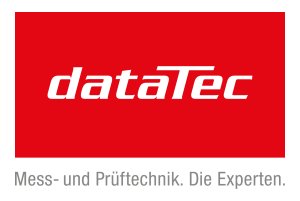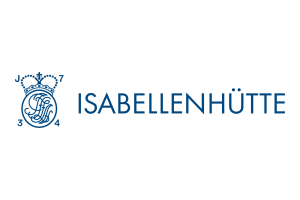High Temperature Superconductor
The Desktop Quantum Computer in Range?
High-temperature superconductors could open the way for quantum computers to make their way from the labs into real applications.
Scientists from Jülich, Münster and Moscow discovered the key to this rather accidentally: high-temperature superconductors. Their great advantage is that they do not have to be laboriously cooled to near absolute zero.
Here is a look at the functional principle of quantum computers: they work on the basis of quantum bits (qubits). If they are heated only slightly above absolute zero, they lose their essential quantum properties. For example, superposition states collapse, and then they can no longer calculate. There are different ways to realize qubits practically. They can be trapped ions or superconducting circuits, among others. But because they have to be cooled to -273 °C, cooling is complex, expensive and takes up a lot of space.
The researchers from Jülich, Münster and Moscow have now discovered that superconducting qubits could possibly be produced not only from the usual low-temperature superconductors, but also from high-temperature superconductors. Not -273 but "warm" -181 °C would then be sufficient. Far cheaper cooling technology the size of a small suitcase would then be sufficient. A larger number of such qubits could also be accommodated on a chip. Above all, however, the computing speed could be increased by orders of magnitude because the lifetime of the excited state would increase to at least 20 ms at 5 K.
Actually, the scientists around Prof. Rafal Dunin-Borkowski, Director at the Jülich institutes Ernst Ruska-Centre and Peter Grünberg Institute, and Jun. Prof. Dr. Carsten Schuck from the University of Münster were researching components for single-photon detectors, for which the lower cooling should be sufficient. Such detectors are needed, for example, for the encryption of data using quantum cryptography. Schuck's group has extensive experience in the development of single-photon detectors based on low-temperature superconductors.
The basis of the new detector should be a nanowire made of yttrium-barium-copper oxide (YBCO), a material that is already superconducting below comparatively warm -181.15 °C. Jülich has many years of experience in the production of high-quality thin films from this high-temperature superconductor and possesses unique equipment and methods, some of which it has developed itself. The researchers at Jülich cut the required wires into shape from the thin layers using a focused ion beam.
"We experimented with nanowires of different widths, let photons hit them and measured the resistance that this creates in the superconductor", reports physicist Dr. Matvey Lyatti, who first worked on the project in Münster and later in Jülich. The detection of the photons is based on this principle. "But the results at widths below 100 nanometres did not meet our expectations."
As it turned out, quantum effects become apparent at temperatures of 12 to 13 Kelvin: The superconducting nanowire only assumes selected energy states. These could be used to encode information. Conventional quantum bits require temperatures several hundred times lower, which are much more difficult to achieve.
"Our results were so surprising that we could hardly believe it ourselves," recalls Jülich physicist Dr. Irina Gundareva. But the measurements ultimately convinced even the initially sceptical reviewers of the publication of the results in Nature Communications.
The researchers will continue their work on YBCO nanowires and plan to develop nanowire-based superconducting quantum circuits in the coming years, with the final goal of making a compact desktop quantum computer possible. They are also pursuing their goal of novel superconducting single-photon detectors that can be cooled by compact cryocoolers. The YBCO nanowires under investigation proved to be suitable for this purpose as well and showed significant advantages over existing technology with respect to the necessary cooling temperature and temporal signal resolution.







